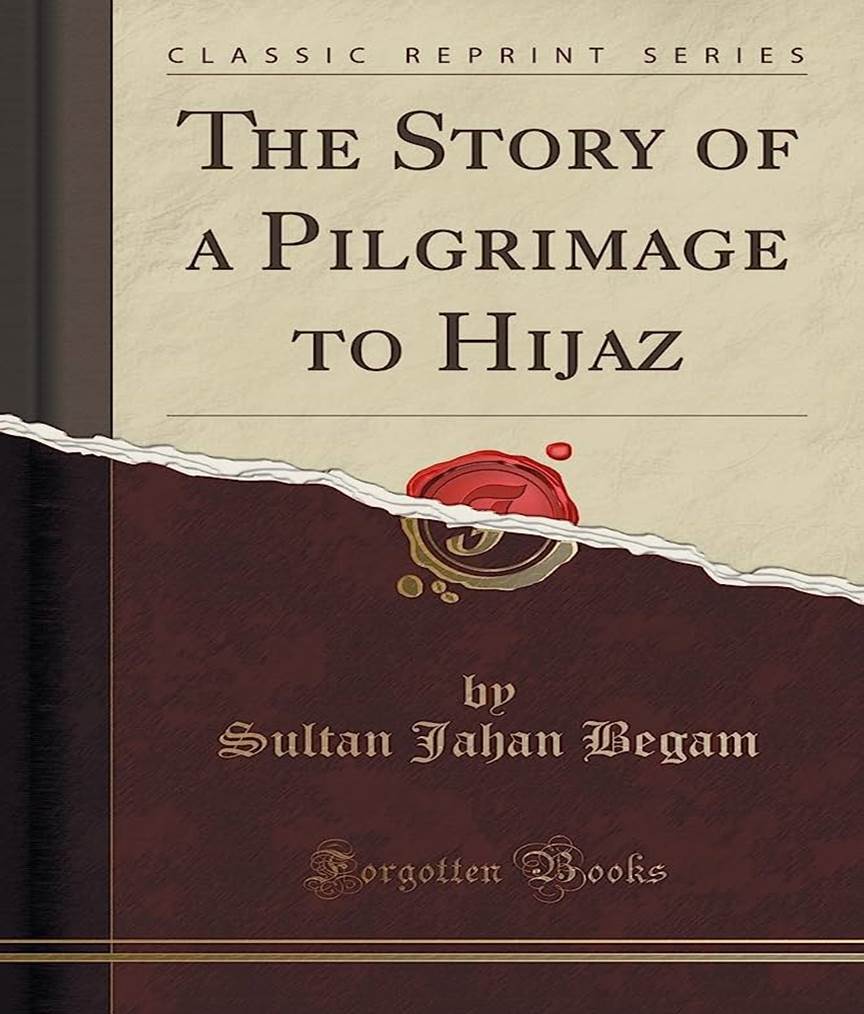

Memorable Hajj Journey of a Princess
By Dr Aslam Abdullah
Fontana, CA

Sultan Jahan Begum (1858‒1930), also known as Sultan Kaikhusrau Jahan Begum, was the last of four women governors who ruled the princely state of Bhopal during the British Raj. In 1724, Bhopal was an independent state in central India before it became a British protectorate in 1818. The state merged with independent India in 1949 and is now part of Madhya Pradesh.
The rule of the begums, as this era of women rulers in Bhopal came to be known, started with Qudsia Begum in 1819, and ushered in a period of peace and coexistence between Muslims and Sikhs.
Sultan Jahan Begum was a reformist ruler known for her work to advance public health and women’s education. A devout Muslim, she embarked in 1903‒4 on a hajj (pilgrimage) journey to visit Mecca and Medina’s holy cities in Hijaz.
Her narrative, entitled The Story of a Pilgrimage toHijaz, recounts the events of that journey, which first took the begum and her entourage by land to Bombay (present-day Mumbai), before they boarded a steamer that took them via Aden and Jiddah to the port of Yanbu on the Red Sea. From there, the party traveled on camels under Turkish military protection to Medina and further to Mecca.
Sultan Jahan was not the first begum among the Bhopal royals to perform hajj (her grandmother Sikander Jahan Begum was the first to do so). She came back to lavish celebrations in her capital, where relics she brought with her from the holy cities were exhibited for the public to see. Minarets were decorated and lit in her honor.
Her memoir has two parts and nineteen chapters. The first contains geographic descriptions of Arabia, with accounts of the foundation of the holy mosques in Mecca and Medina. The second deals with the official correspondence, events, and incidents relating to the journey. Sultan Jahan Begum kept a detailed record of the names of the people she met, the value of currencies she used, and the shrines and other historical monuments she visited in the birthplace of Islam, making her book of considerable historical value. Many of the monuments she mentioned have now been lost due to the expansion of the two holy mosques and the state policy against the veneration of shrines.
Sikandar Begum’s account is partly filled with the official correspondence between Pasha, Sheriff of Mecca and Jeddah cities, and herself. Sikandar Begum’s narration describes nineteenth-century Arabia, its life, and its inhabitants in a comprehensive manner. Several passages are exclusively devoted to present accurate, detailed, and minute observations as well as impressions of the cities of Mecca and Jeddah.
Sikandar Begum commented on wide-ranging areas, including diverse social practices, traditions, religious celebrations, festivals, the weather and architecture of the cities, diet, the attire of inhabitants as well as the pilgrims who came from distant places around the world, the slave market, filthy streets, scarcity of water for poor pilgrims, biased behavior of the officials towards poor Indian pilgrims, prevailing corruption among the government officials of Arabia, among other things. Sikandar Begum canceled her visit to Medina because of safety reasons.
Sikandar Begum’s account is an important document that records the pilgrimage of a remarkable female Muslim Nawab of India in the nineteenth century. The travelogue is a comprehensive and critical record that documents nineteenth-century Arabia comprehensively.
(Dr Aslam Abdullah is a resident scholar at Islamicity.org and editor-in-chief of the Muslim Observer newspaper. He is also the Indian Islamic Heritage Project director of the American Federation of Muslims of Indian origin and the interim President of the World Council of Muslims for Interfaith Relations, WCMIR.)

